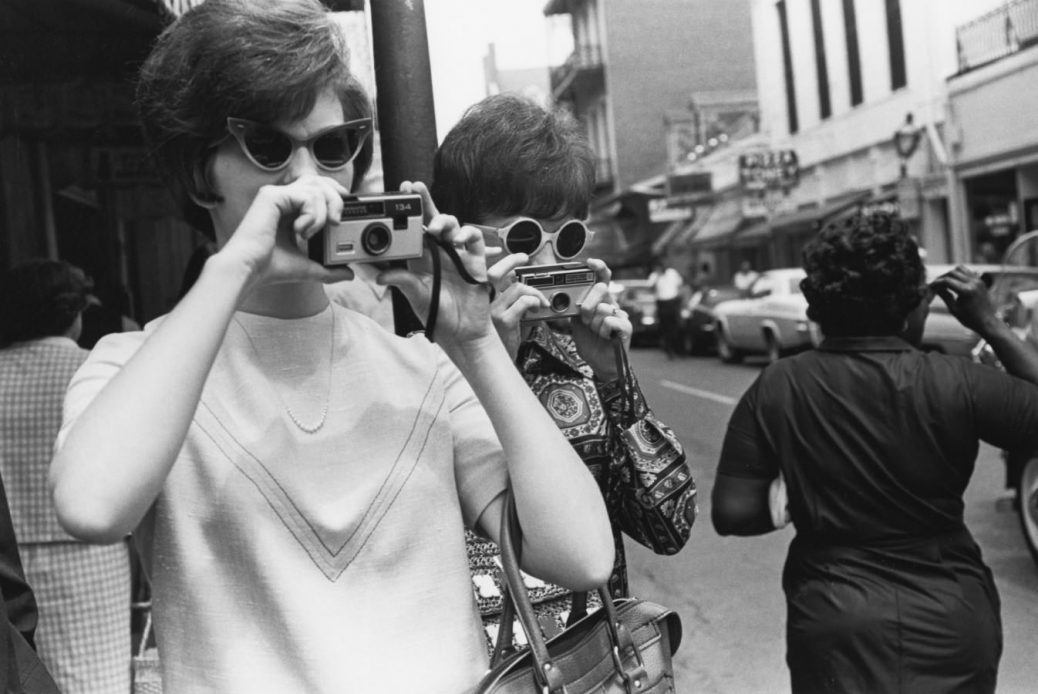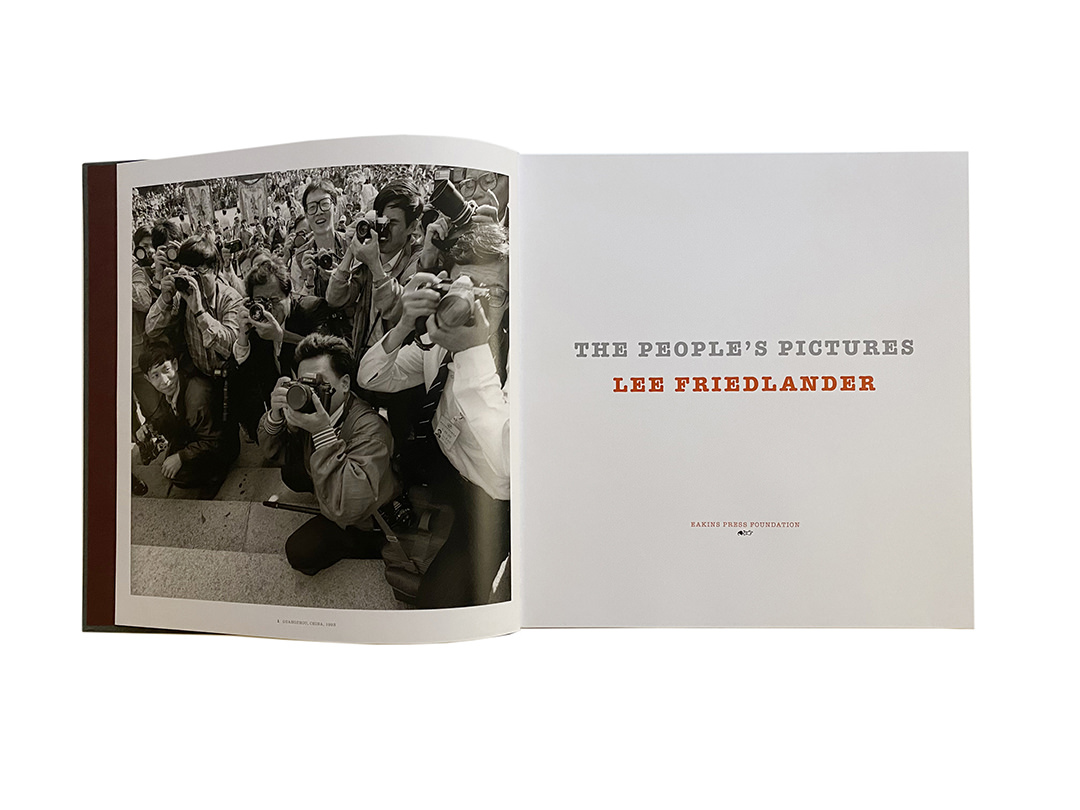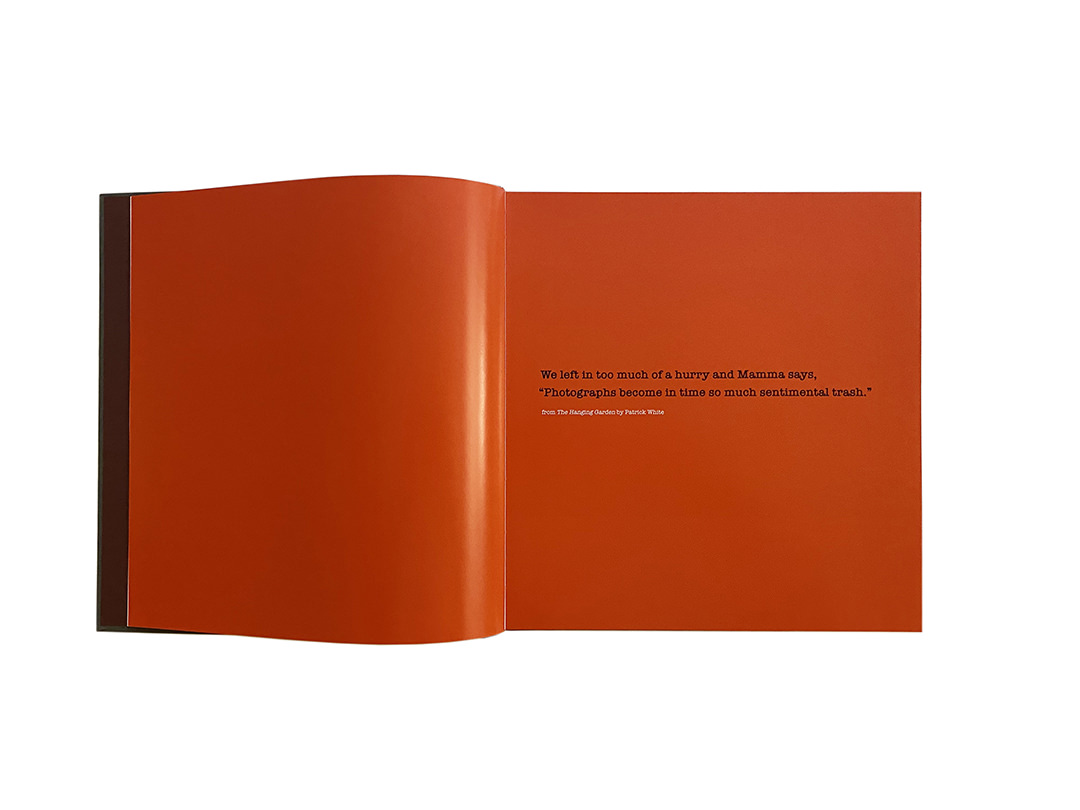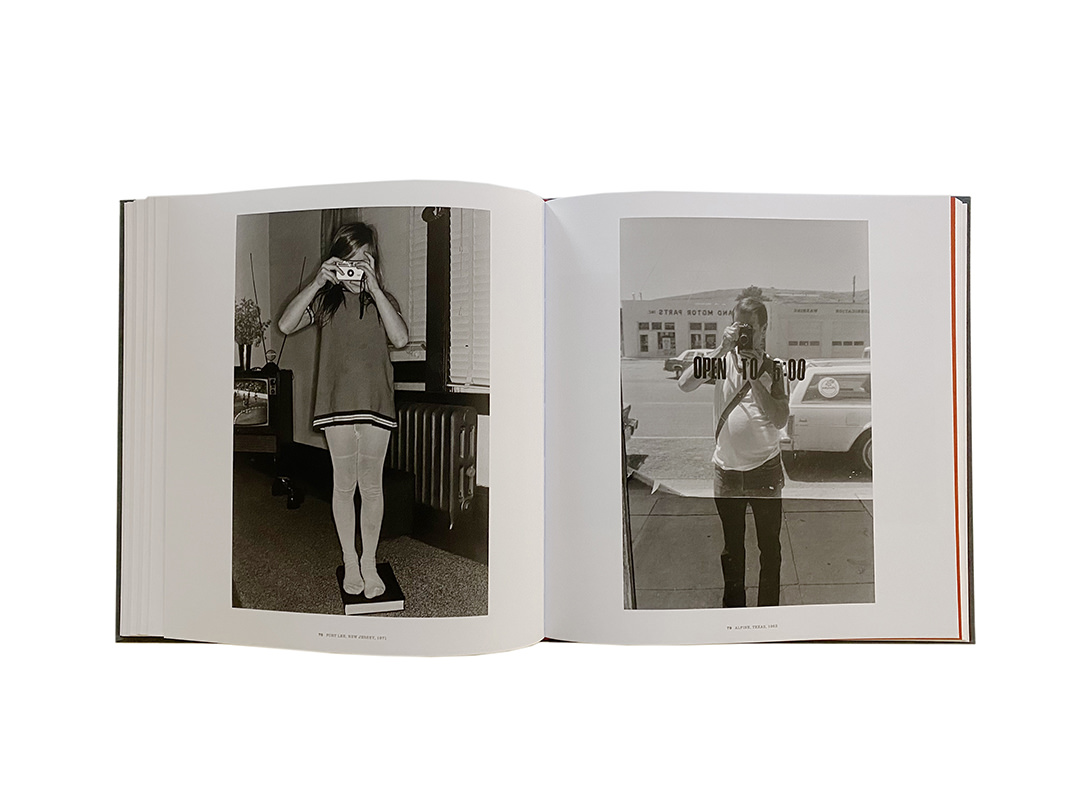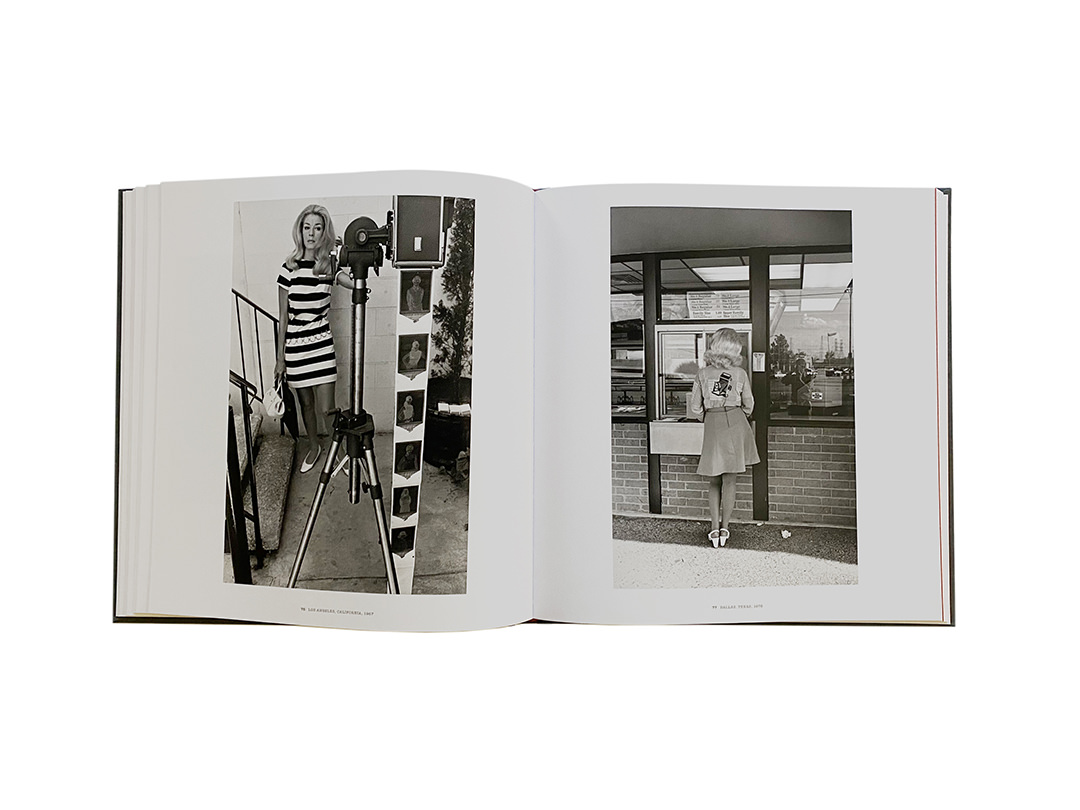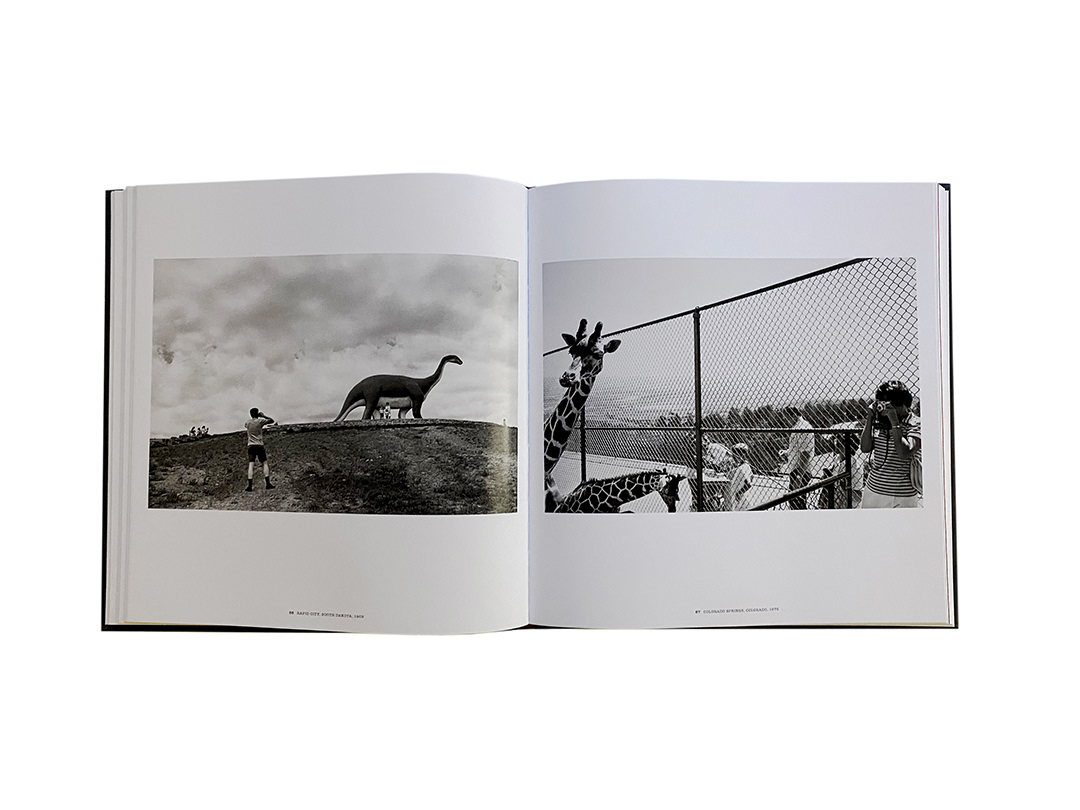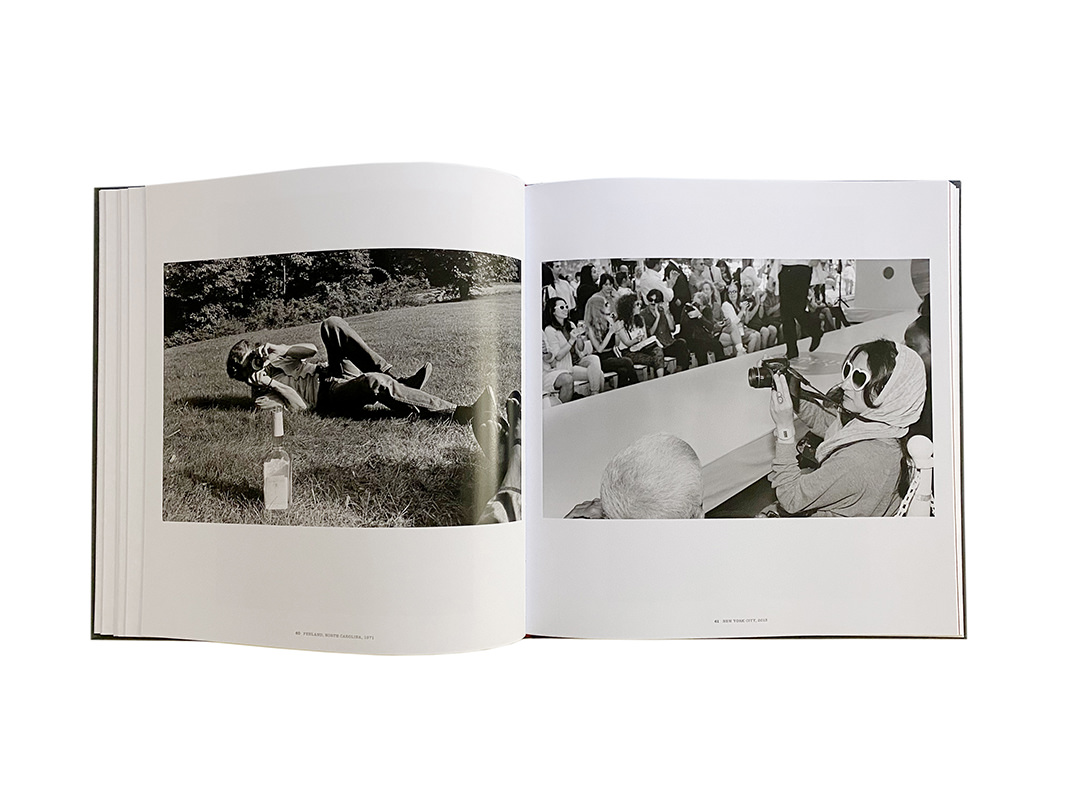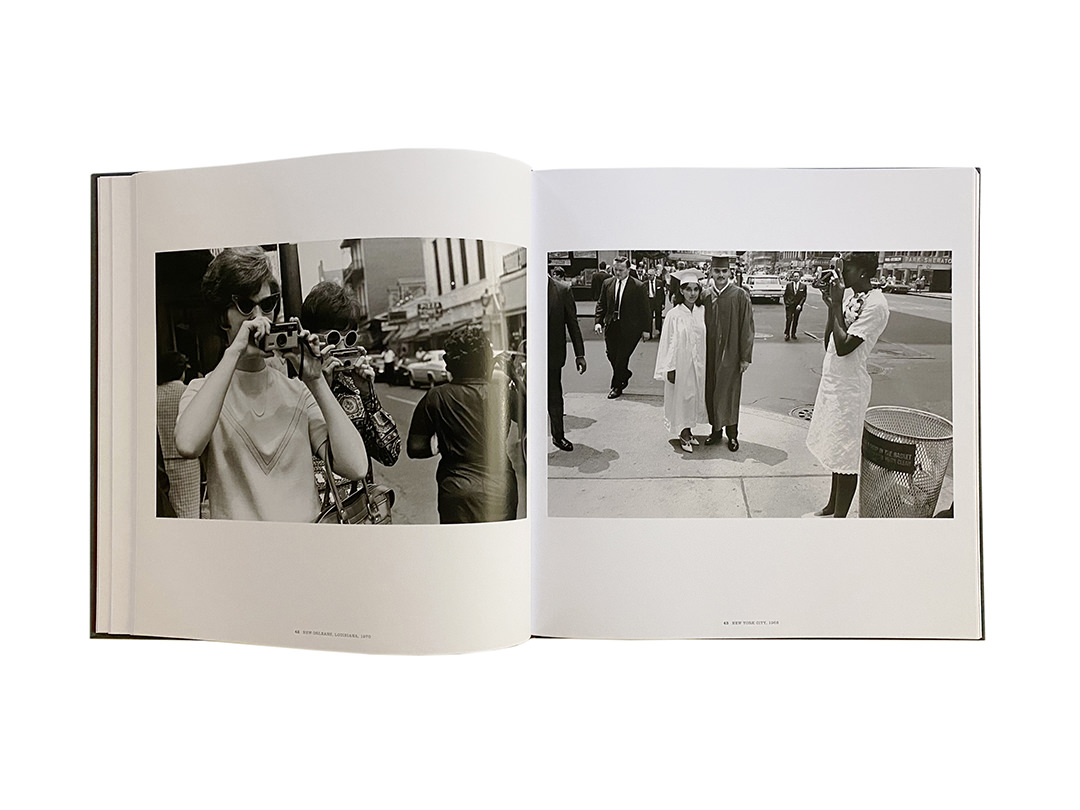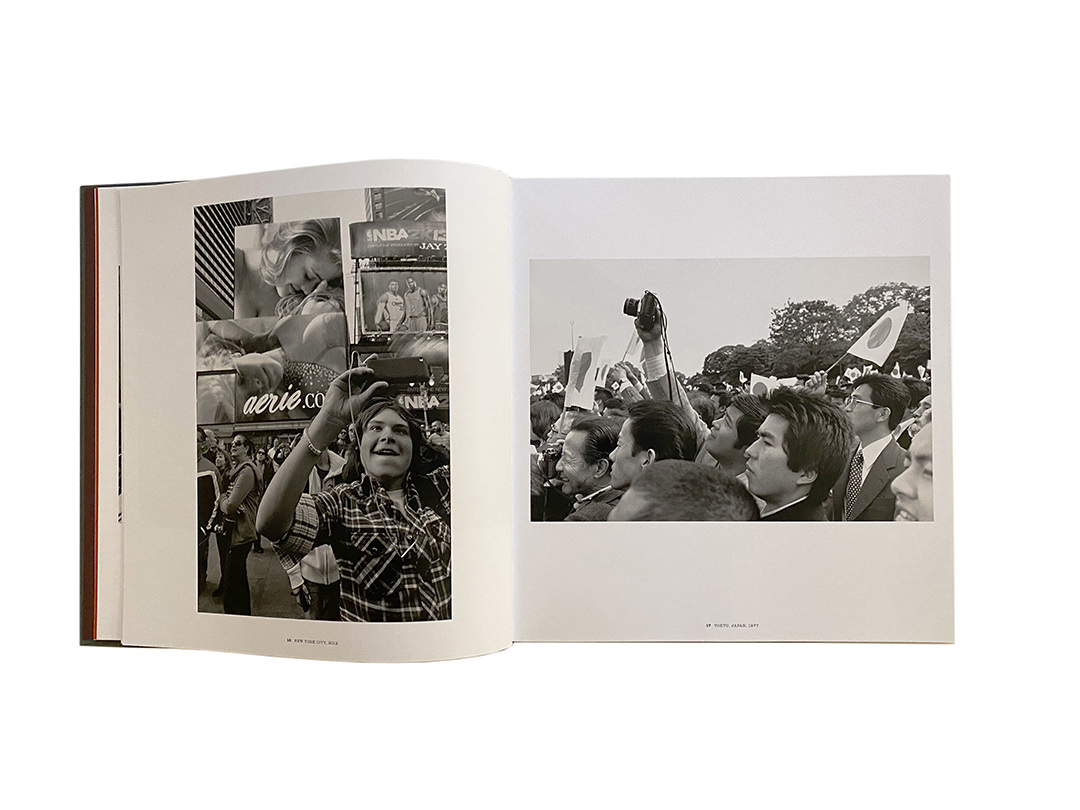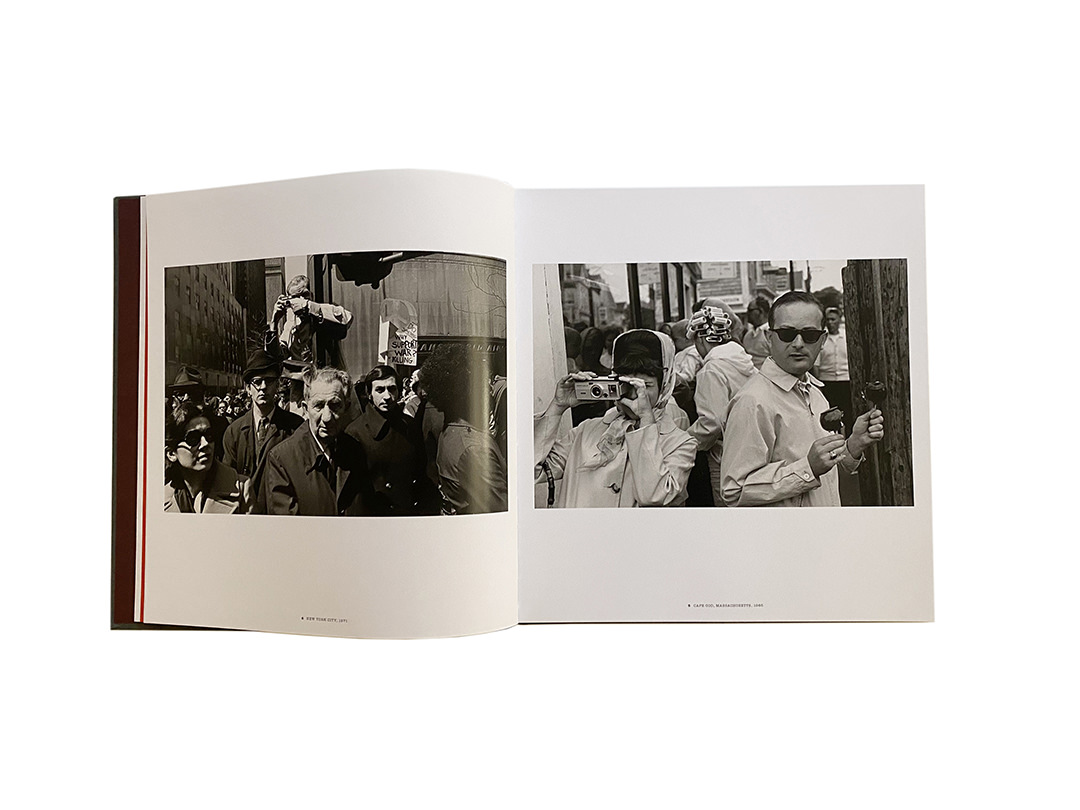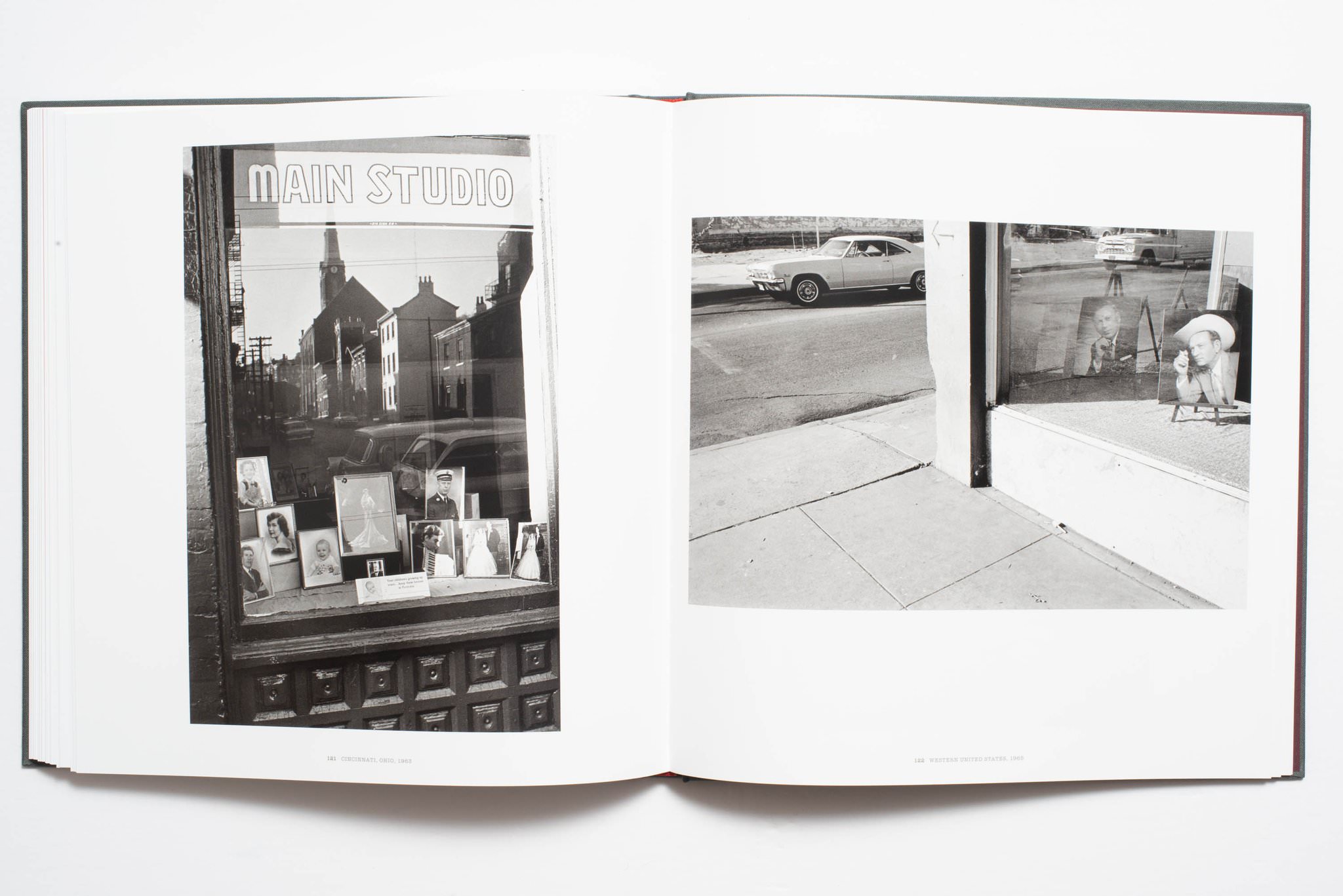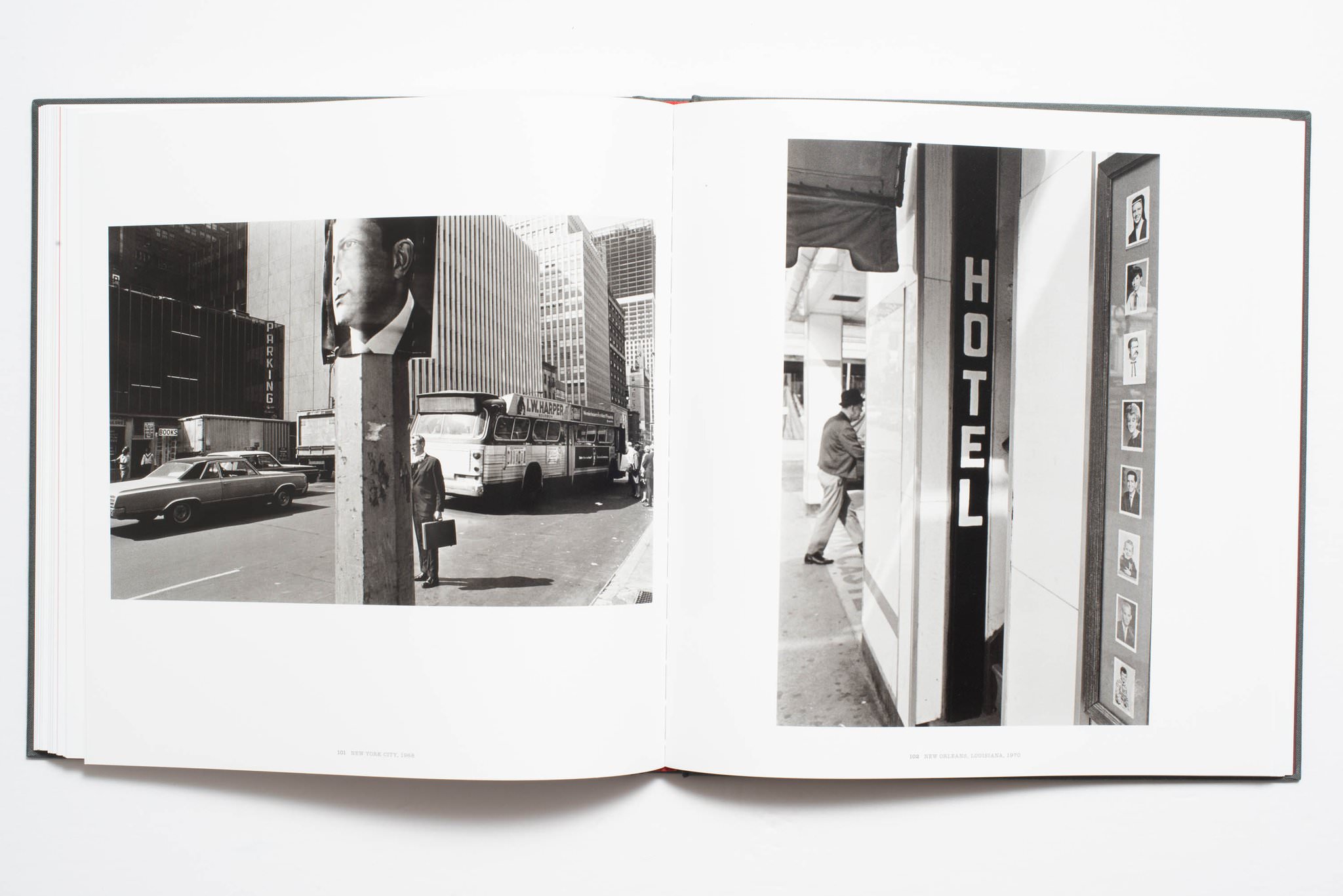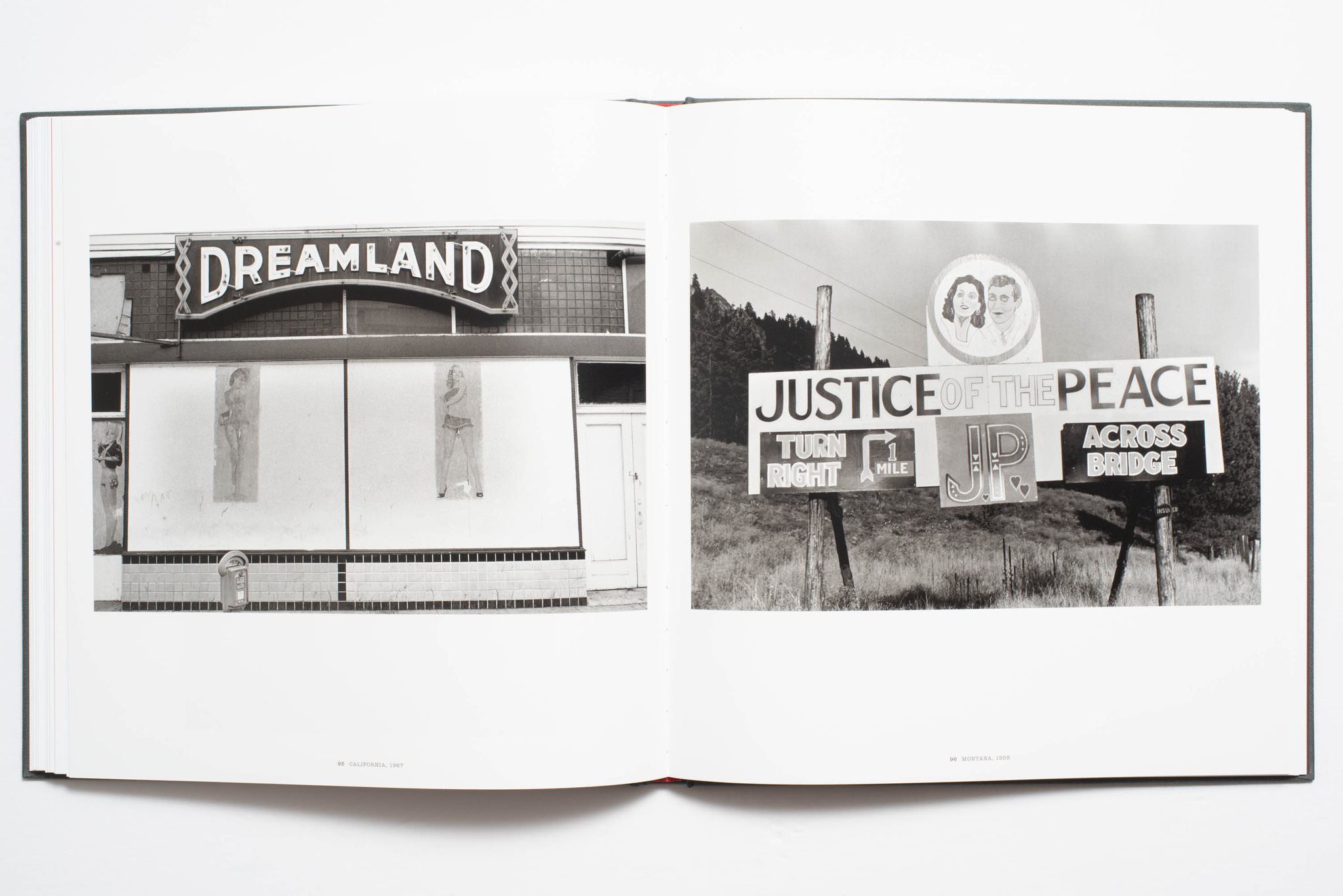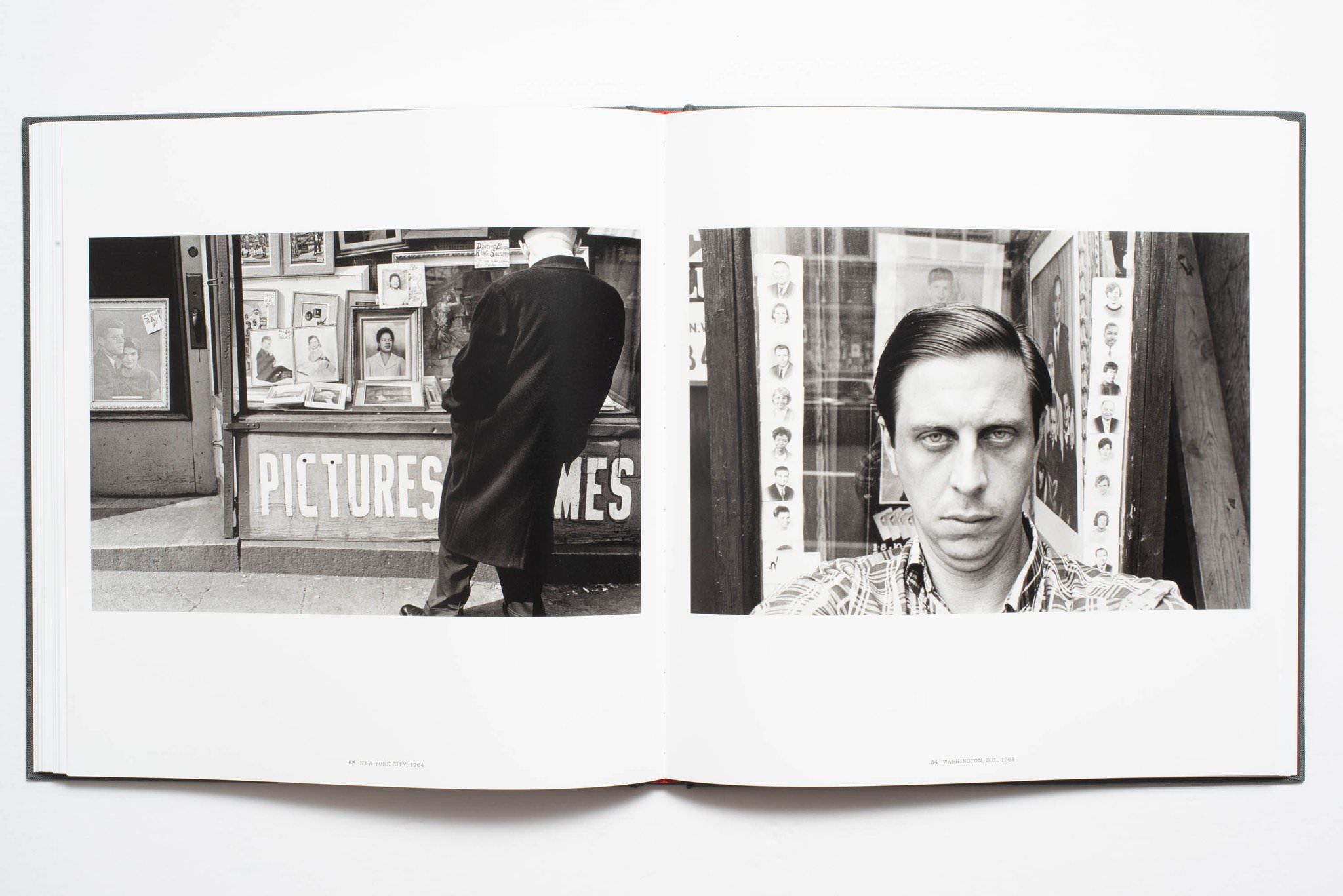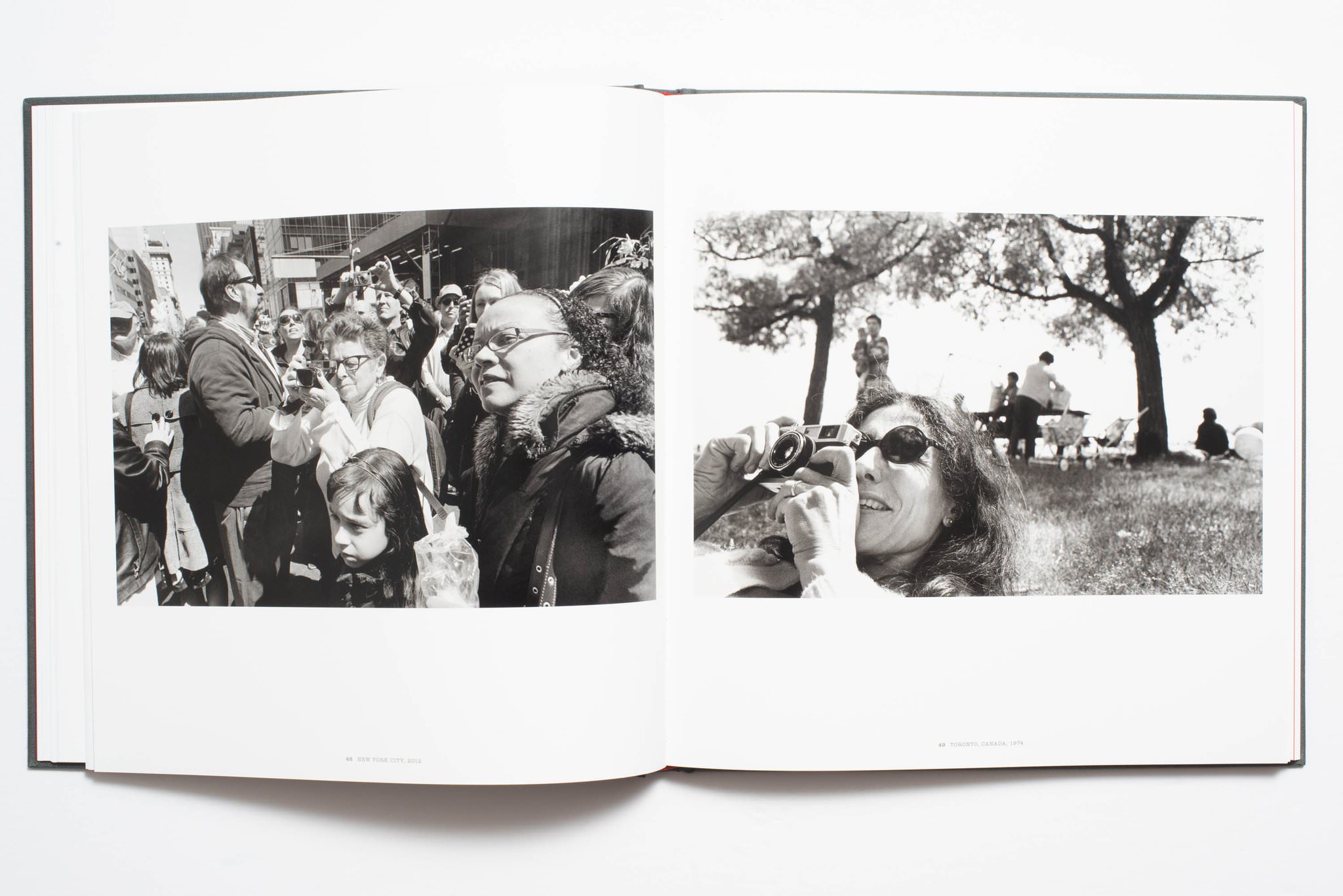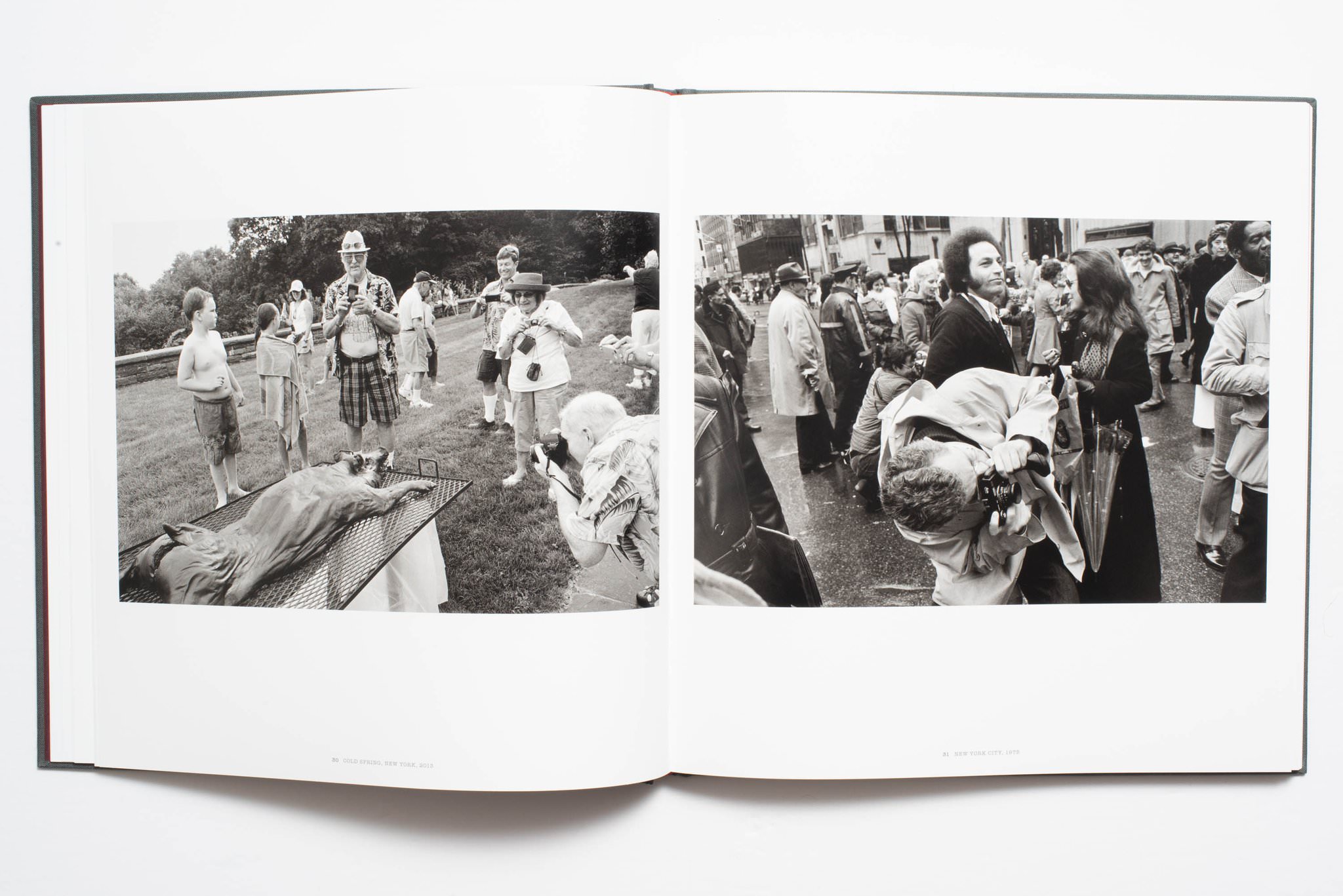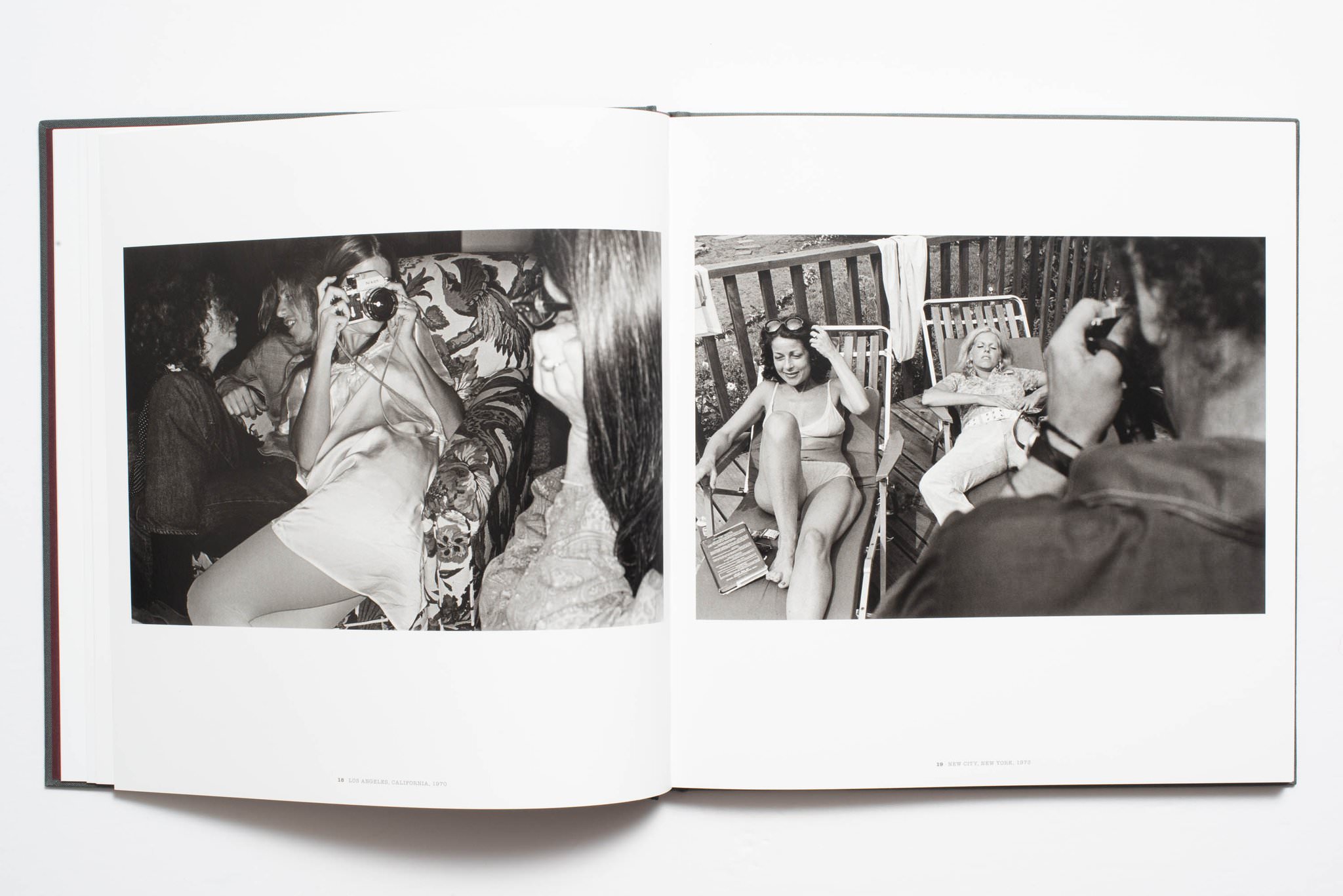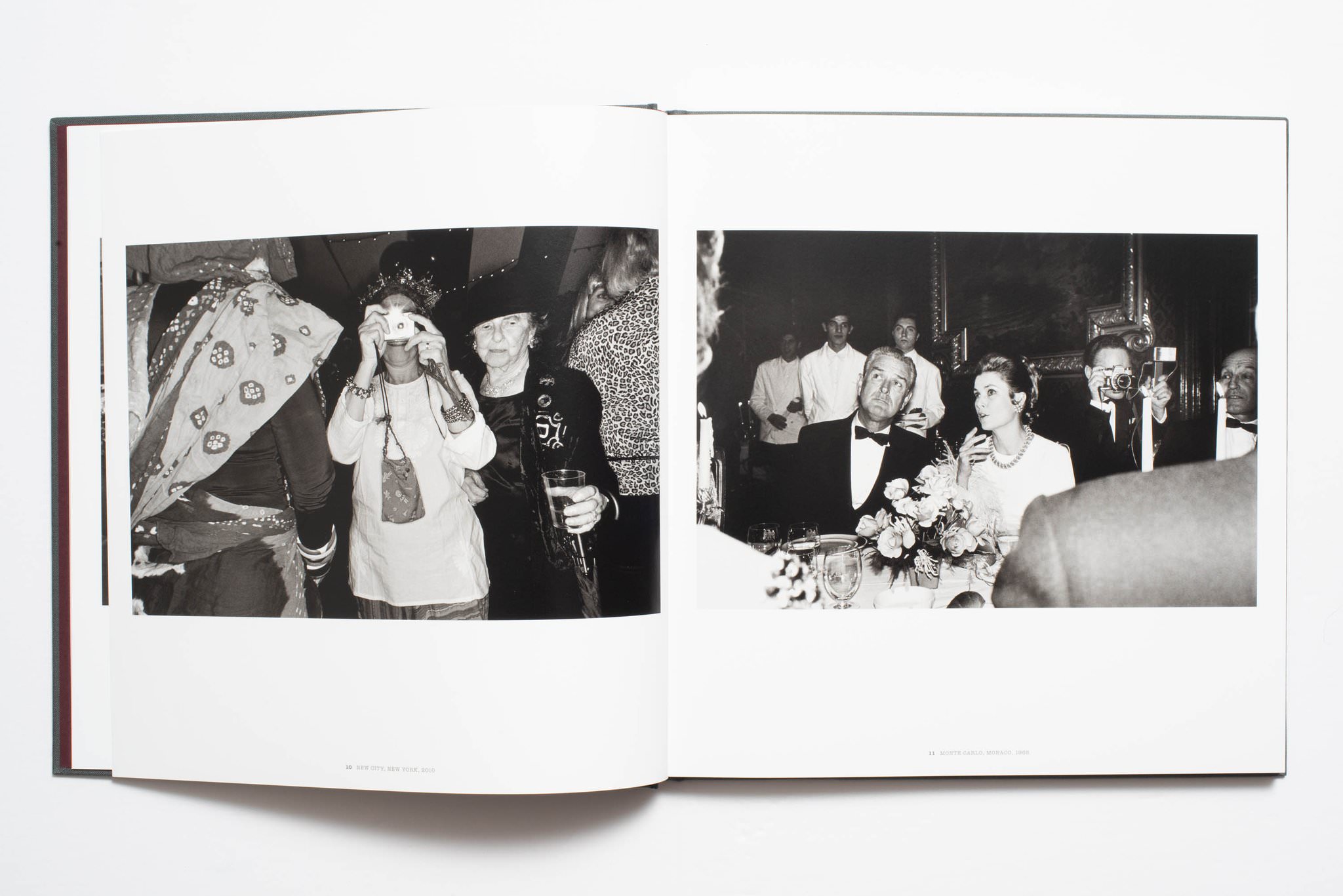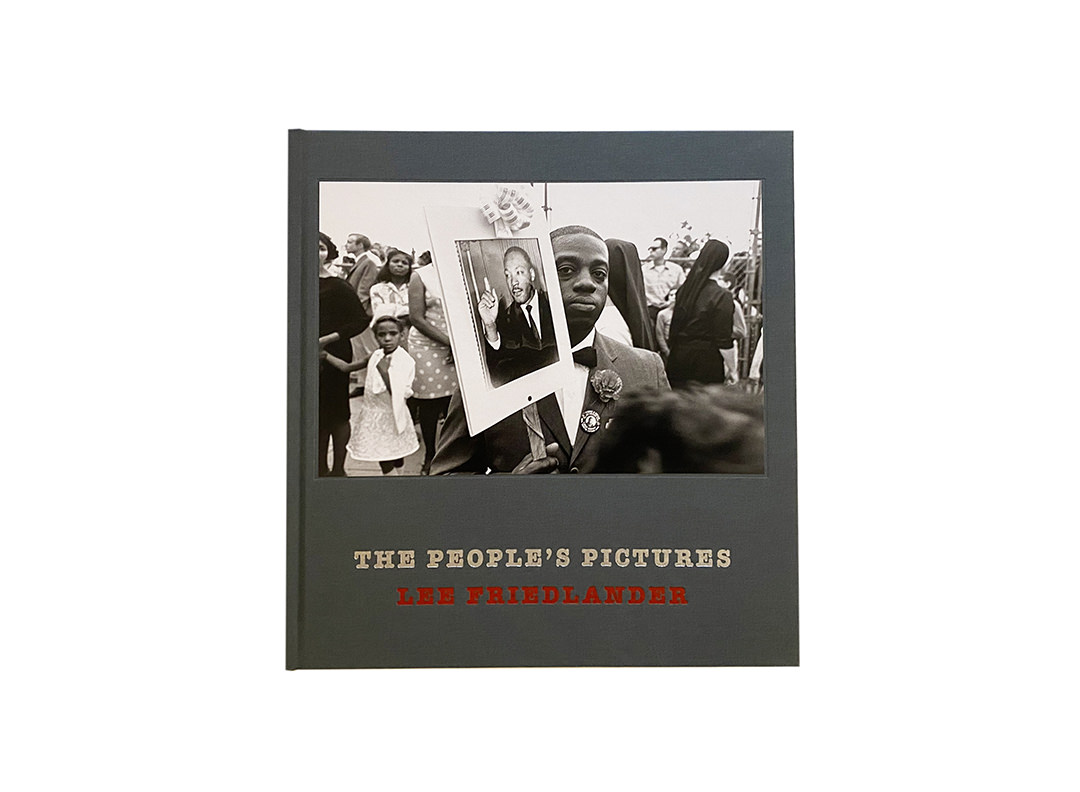Lee Friedlander: The People’s Pictures
The saturation of our social landscape by photographs and photographers is apparent from any public point of view. Photography is arguably the most democratic of mediums, even more, accessible today across culture and class than language. In some regards, this has been Lee Friedlander‘s most enduring subject: the way that average citizens interact with the world by making pictures of it, as well as how those pictures and the pictures constructed for advertising or political purposes define the public space.
In Lee Friedlander: The People’s Pictures we see photographs spanning six decades, most of the geographic United States and parts of Western Europe and Asia. These pictures are uniquely Friedlander photographs: as much about what’s in front of the camera as they are about the photographer’s lifelong redefining of the medium. Like his exploration of words, letters, and numbers in the social landscape, these photographs of photography’s street presence seem inevitable to Friedlander’s vast visual orchestration of what our society looks like. But make no mistake, Friedlander’s photographs are not objective documents; they are intentional, authored, playful, intelligent creations made through his unprecedented collaboration with time and place.
Recognized as one of the best photographers of his generation, Lee Friedlander reflects modern, often alienated, everyday life in his black and white images and is considered a critical observer of the American Way of Life. Many of his images are icons of American photography and have become historical documents of our time.

